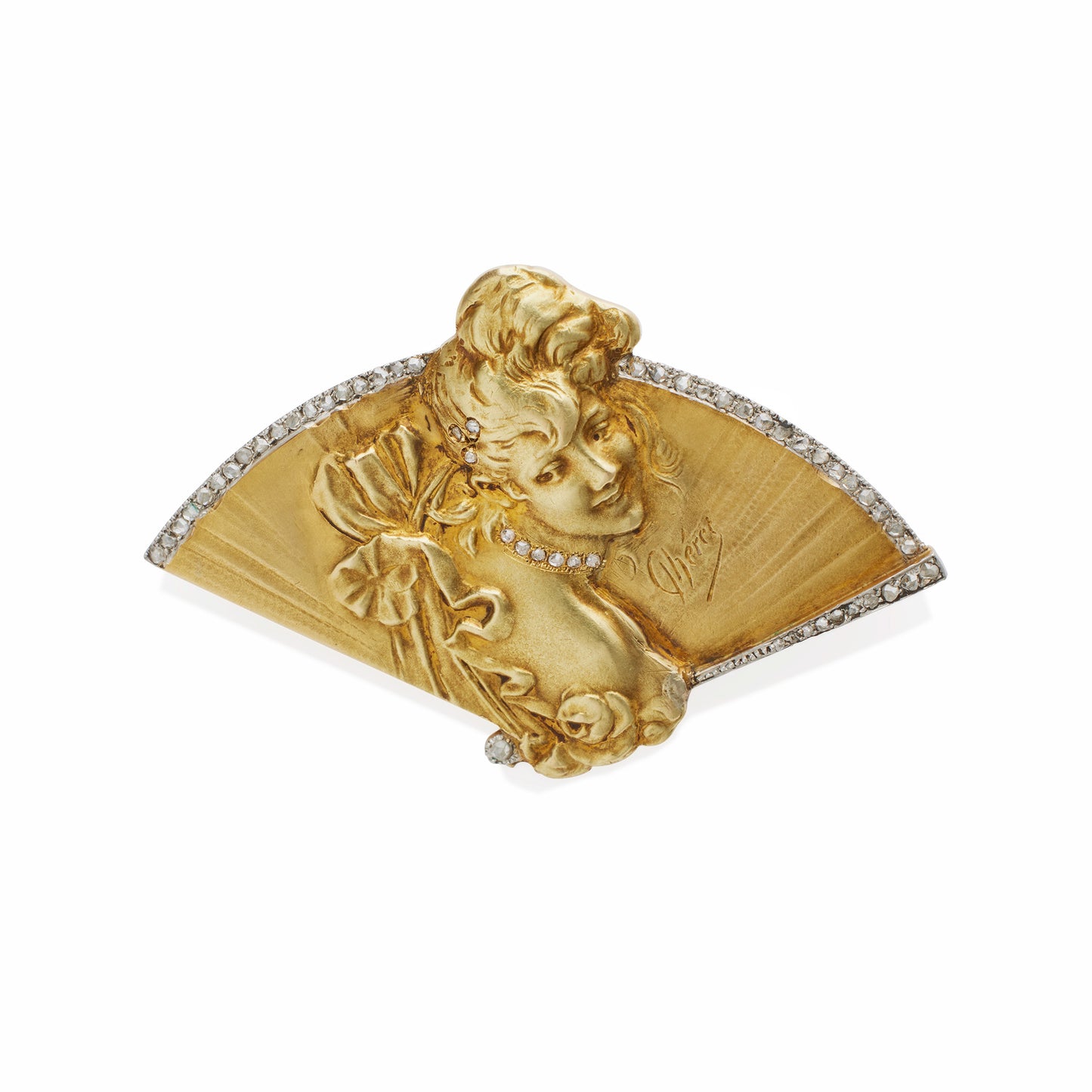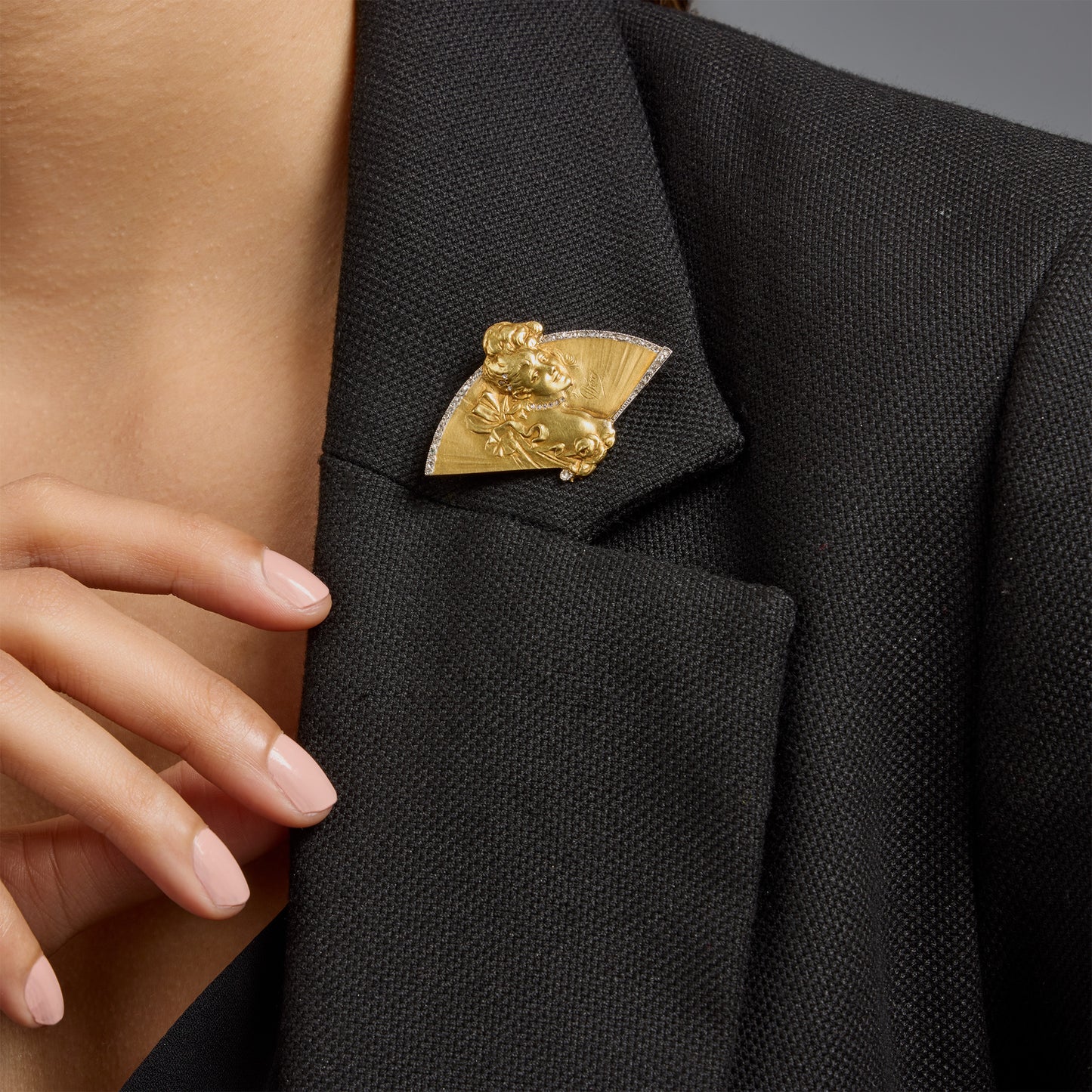Jules Chéret (1836-1932) is one of the seminal 19th century artists to explore color lithography and the medium of the art poster. Called 'The Master" by the most celebrated artist of the poster, Toulouse-Laiutrec, Chéret was highly influential in his own time. His posters, paintings and pastels were purchased by period artists including Degas and Monet, as well as by collectors. Apprenticed at 13 to a lithographer, he struggled to find work in Paris and London before eventually raising funds to open a lithography studio. He rose to fame for his enchanting and original posters composed of energetic, elegant figures animated by flamboyant gaiety, and his impressive refinement and advances in techniques of lithography for which he became a Chevalier de la Légion of Honor. His posters pasted on the walls of Paris enlivened and energized his age. Though an inspiration for the Art Nouveau, Chéret's work displays clear links to the work of Giambattista Tiepolo, the 18th century Venetian master of large scale frescoes characterized by vertical composition, costumed splendor, a language of theatrical imagery, and vigorous action that appears ready to spill over into the viewer's dimension. The "fantasia" and "capriccio" that characterized Tiepolo's art played an important part, through Chéret, in defining the Belle Epoque aesthetic.




















